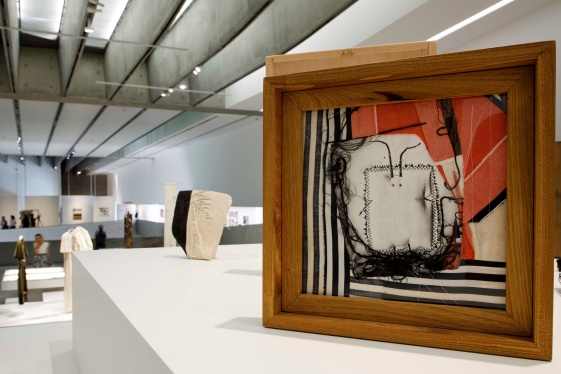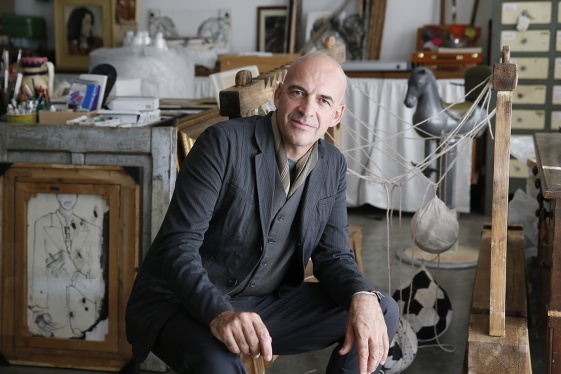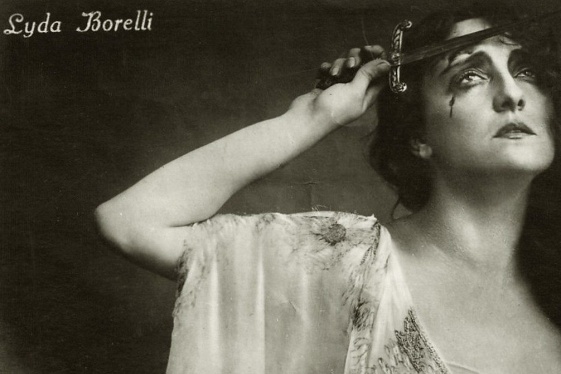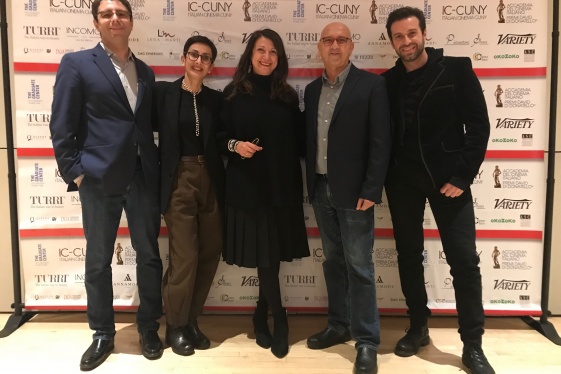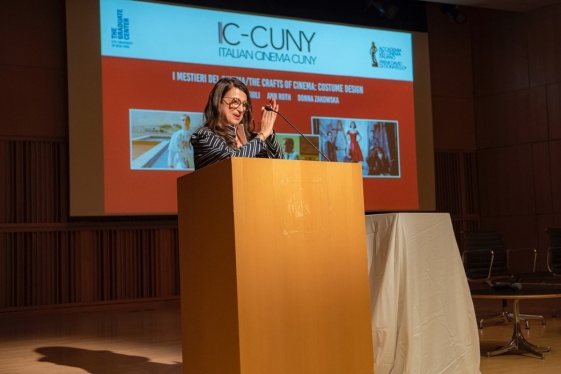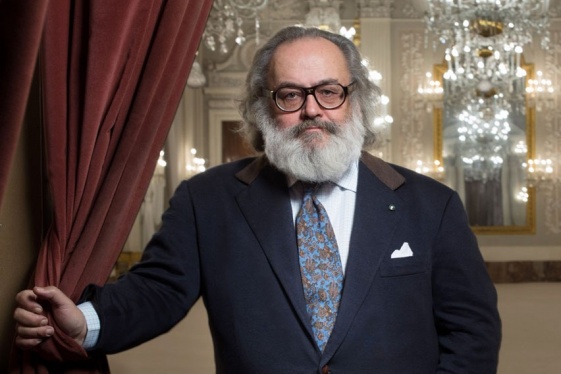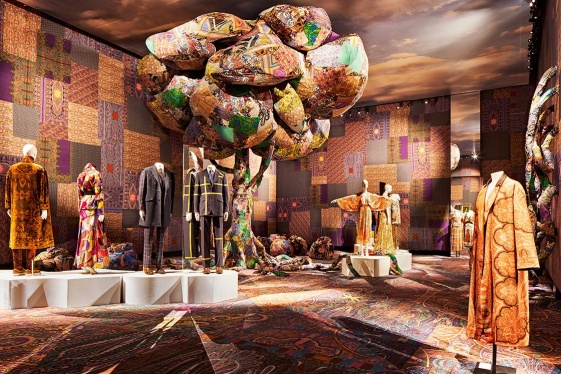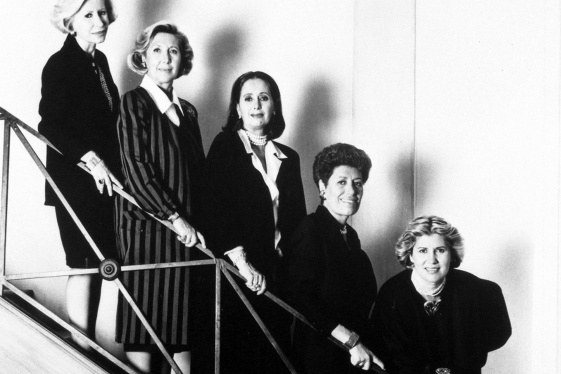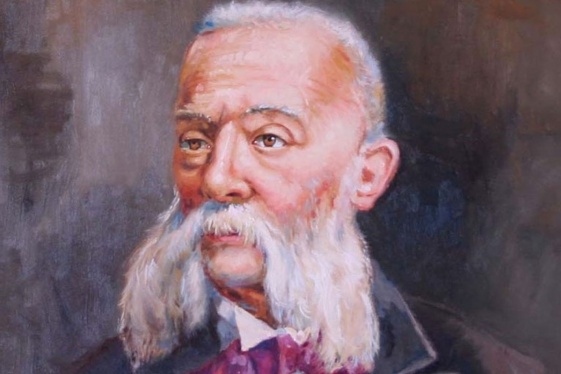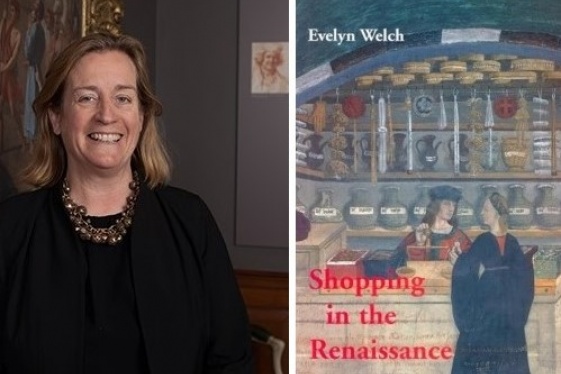
Patricia Gatto Puglia
Patricia Gatto Puglia is an independent consultant in marketing and communications, drawing on her many years of experience directing Corporate Communications for a Fortune 250 company. She is currently pursuing a graduate degree in Italian at Queens College (City University of New York), furthering a lifelong passion for Italian language and culture. Her particular interests are Italian fashion, food and wine as well as the fascinating intersections between all things Italian and American.
Italian lifestyle and fashion: Maria Lai made art of the infinite threads that unite us
The art of Maria Lai feels relevant in a time when many of us are seeking symbols of unity. This woman of Sardinia, an important voice in Italian postwar contemporary art, wove a message of universality into all of her work. Each piece told a story of connection and shared human experience. Over Lai’s almost 70-year career (Lai died at 94 in 2013),...
Italian lifestyle and fashion: Nostalgia for Borsalino hats – old and new
In this time of virus-imposed isolation, it’s comforting to sift through old possessions in forgotten drawers. I recently came across two neatly folded women’s Borsalino hats my mother had bought in Rome in the early 1950s. Still unblocked, but well-preserved for future shaping, they inspired a look into the history and current state of the legenda...
Italian lifestyle and fashion: Expect the Unexpected from Antonio Marras, Italy’s fashion designer poet
There’s no putting the work of Italian fashion designer Antonio Marras – or the designer himself for that matter – into a neat box. Marras is as eclectic as he is brilliant. He is known as one of the most intellectual of the Italian designers, adept at weaving poetry, literature, cinema, music, and the visual arts into his collections, including tr...
Italian lifestyle and fashion: Ode to Italy’s fashionable silent film divas
Silent films can be an acquired taste. Melodramatic plots and the absence of synchronized sound are not to everyone’s liking, but those aren’t good enough reasons to dismiss the genre as archaic or tedious. There’s much more to these films than meets the eye, including the story of the Italian divas, Lyda Borelli first among them, who defined the a...
Italian lifestyle and fashion: Costumes make the magic IC-CUNY Italian cinema festival wraps up in New York
Certain images from films just don’t fade from memory. Take, for example, actor Toni Servillo playing the jaded Jep Gambardella, king of Rome’s nightlife, in Paolo Sorrentino’s Oscar-winning The Great Beauty. Who could forget his above-it-all gaze and supple yellow sports jacket that screamed Neapolitan elegance? Then there’s the mysterious scaled...
Italian lifestyle and fashion: Three-part IC - CUNY (Italian Cinema - CUNY) Festival dives into the art and craft of cinema, costumes first
What happens when award-winning Italian and American costume designers get together on a university stage to discuss cinema, fashion and costume design? The audience is treated to a little slice of cinematic magic. There’s the lively repartee between masters of the craft – costume designers who have created the wardrobes for the best-known movies...
Italian lifestyle and fashion: Inside the world of Stefano Ricci, the fine art of dressing the uber-rich male
The man who buys a $25,000 handmade Stefano Ricci suit doesn’t really need a suit. He doesn’t need a $26,000 crocodile leather briefcase or $1,000 custom-tailored silk shirt. He can do with one less $500 tie. He already has everything he needs and can satisfy his sartorial cravings anywhere he chooses. Except that he actually buys these luxuries at...
Italian lifestyle and fashion: Thank heaven for Etro’s paisleys
I am a lover of paisleys, particularly Etro’s paisleys. The Italian textiles-turned-fashion label has made the teardrop-shaped form with a curvy tail the centerpiece of its brand, creating a sort of paisley heaven for devotees. Every new fashion season brings a refresh of Etro’s paisley patterns -- a new cultural influence, different colors, revamp...
Italian lifestyle and fashion: The sisterhood behind the Fendi fashion dynasty
Family business dynasties abound in the luxury Italian fashion sector. There are the Zegnas, the Ferragamos, the Versaces, the Della Valles, the Benettons and others, but the Fendi dynasty – including the five Fendi sisters – has been a nearly all-female-run operation from the start. An enduring brand That makes Fendi stand out. The Sorelle Font...
Italian Fashion and Lifestyle: Luxurious Hotels that Italian Fashion Built
In the last 25 years some of the biggest names in Italian fashion, including Armani, Bulgari, Versace, Fendi and Ferragamo, have extended their reach into the luxury hotel business. Development has largely followed economic cycles, occasionally defying the odds, but the fit between Italian fashion and hospitality has proved to be as resilient and e...
Italian lifestyle and fashion: Pellegrino Artusi’s Secret Sauce
In a world of customer profile analyses, response rate statistics, and tracking tools, Pellegrino Artusi’s innate ability to understand what was needed to get his audience to read, engage with, and advance his seminal 19th century cookbook, La scienza in cucina e l’arte di mangiar bene (Science in the Kitchen and the Art of Eating Well) is refreshi...
Italian lifestyle and fashion: Thank the Italian Renaissance for our love of shopping
In this season of holiday gift-giving and round-the-clock shopping, you might wonder about the origins of the madness: How did we become such ardent consumers? When did shopping become a social/leisure activity? Look no further than 15th and 16th century Renaissance Italy for answers.



